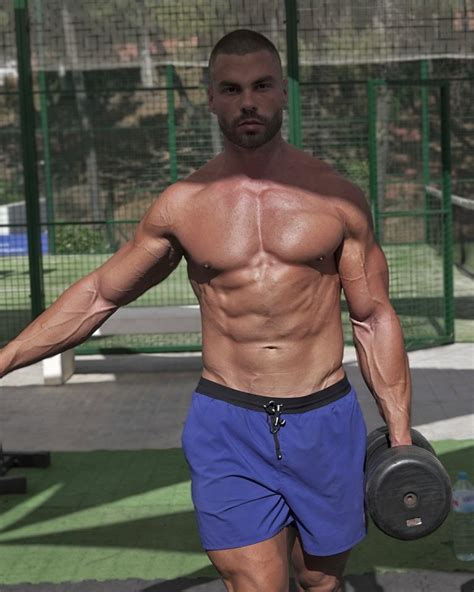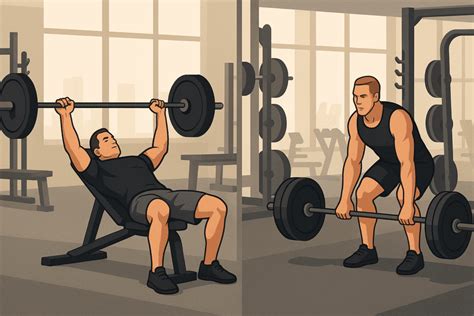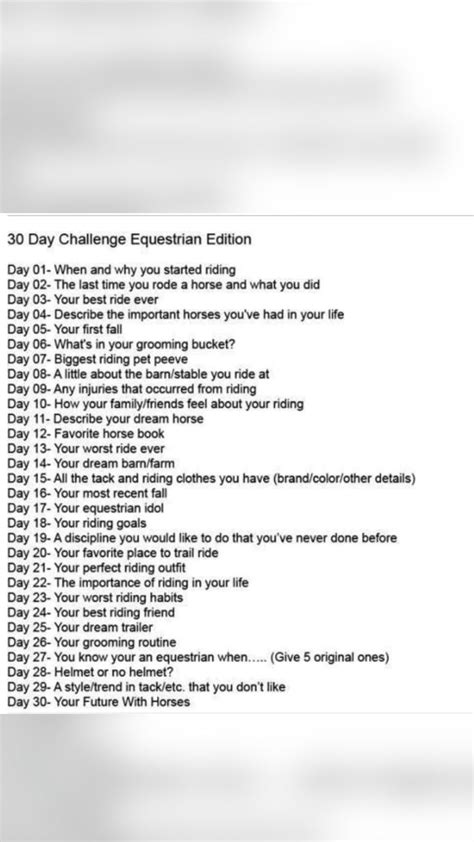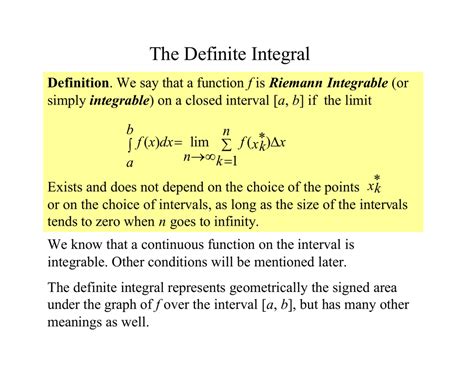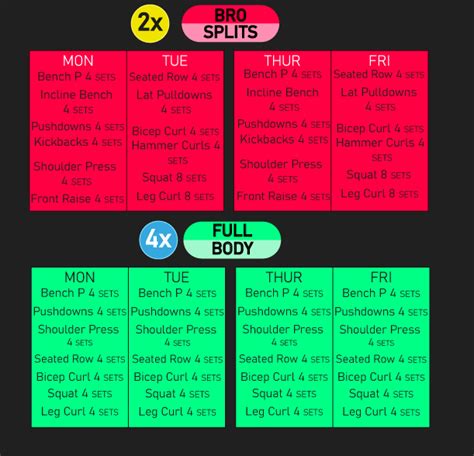What advanced progressive overload strategy best busts strength plateaus for elite performance?
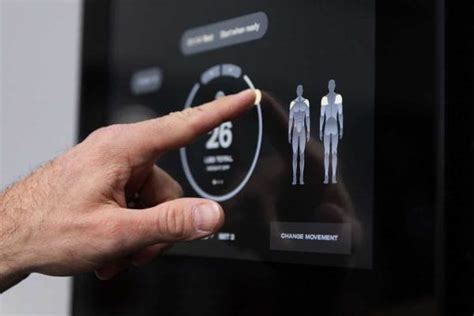
For elite athletes striving for peak performance, the journey to unparalleled strength is often punctuated by frustrating plateaus. While basic progressive overload – simply adding more weight or reps – serves beginners well, advanced lifters require sophisticated strategies to continually challenge their physiology and shatter these seemingly insurmountable barriers. This article explores the most effective advanced progressive overload strategies designed to bust strength plateaus and elevate elite performance.
The Evolution of Progressive Overload for Elite Athletes
At its core, progressive overload is the gradual increase of stress placed on the body during exercise, forcing it to adapt and grow stronger. For those operating at the highest levels, this simple principle becomes a complex interplay of variables. Moving beyond just adding weight, elite athletes must manipulate intensity, volume, frequency, and exercise selection with surgical precision to elicit further adaptations.

Mastering Periodization: The Blueprint for Continuous Progress
Periodization is perhaps the most fundamental advanced strategy, involving the systematic planning of training to maximize performance at specific times while minimizing overtraining. For elite lifters, several models prove invaluable:
- Linear Periodization: Gradually increasing intensity while decreasing volume over a macrocycle, often leading up to a peak. While effective, its predictability can sometimes lead to stagnation in highly adapted athletes.
- Undulating Periodization (Daily or Weekly): Fluctuating intensity and volume more frequently (e.g., heavy day, moderate day, light day within a week). This approach keeps the body guessing and can be highly effective for breaking plateaus by providing varied stimuli.
- Block Periodization: Dividing training into distinct, consecutive blocks, each with a specific focus (e.g., accumulation/hypertrophy, intensification/strength, realization/peak). This allows for highly focused adaptations before moving to the next phase.
Advanced Intensity and Volume Manipulation Techniques
Beyond the overarching structure of periodization, specific techniques within individual workouts or microcycles can provide the necessary stimulus for breakthrough.
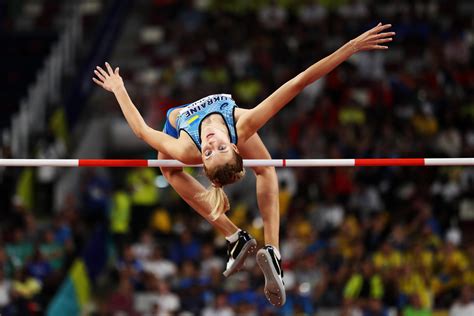
Strategic Intensity Techniques:
- Cluster Sets: Performing a set with short intra-set rests (10-30 seconds) between a few reps. This allows for more reps at a higher percentage of 1RM, increasing total work at high intensity.
- Rest-Pause Training: Performing a set to failure or near-failure, resting for a short period (10-20 seconds), and then performing more reps with the same weight. This extends the effective set.
- Drop Sets: After completing a set to failure, immediately reducing the weight and continuing with more reps. This technique maximizes muscle fiber recruitment and metabolic stress.
- Wave Loading: Cycling through different rep ranges and weights within a single workout (e.g., 5 reps, rest, 3 reps, rest, 1 rep, then repeat with slightly heavier weights).
Volume and Density Adjustments:
Manipulating total work (volume) and how quickly it’s performed (density) is critical. Elite athletes might utilize:
- Accumulation Phases: Weeks focused on higher volume to build work capacity and stimulate hypertrophy.
- Intensification Phases: Weeks focused on lower volume, higher intensity to convert hypertrophy into raw strength.
- Increased Training Density: Performing the same amount of work in less time, or more work in the same amount of time, by reducing rest periods.
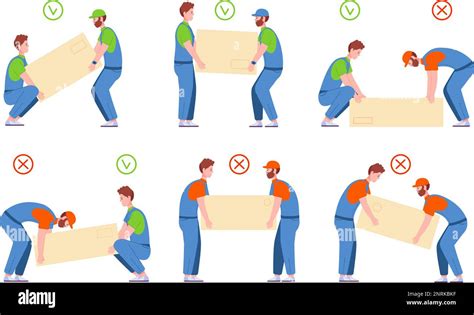
The Often-Overlooked Role of Exercise Variation and Technique Refinement
Sometimes a plateau isn’t just about strength, but about a sticking point in a specific movement pattern or a subtle technical flaw. Incorporating variations of core lifts (e.g., pause squats, deficit deadlifts, close-grip bench press) can target weak links and reinforce proper mechanics. Furthermore, meticulous attention to technique, even for elite lifters, can unlock hidden strength and improve efficiency, allowing for heavier loads.
Strategic Deloads and Prioritized Recovery
The most advanced progressive overload strategy in the world is useless without adequate recovery. Elite performance demands consistent, planned deload phases where training volume and/or intensity are significantly reduced. This allows the body to supercompensate, repair tissues, and recover from accumulated fatigue, priming it for the next block of intense training. Prioritizing sleep, nutrition, and stress management are non-negotiable pillars of this strategy.
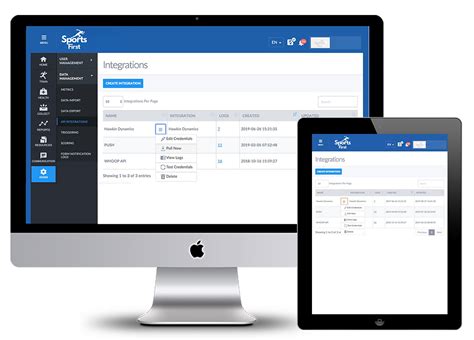
Individualization and Data-Driven Monitoring
No single strategy fits all. Elite athletes benefit immensely from personalized programming based on their unique physiology, recovery capacity, and specific strength deficits. Utilizing objective metrics – such as daily readiness questionnaires, heart rate variability (HRV), bar speed tracking, and detailed training logs – allows coaches and athletes to make informed, real-time adjustments to training, ensuring optimal progression and minimizing the risk of overtraining.
Conclusion: A Multifaceted Approach for Sustained Elite Performance
Busting strength plateaus for elite performance requires moving far beyond simplistic progressive overload. It demands a sophisticated, multifaceted approach that integrates advanced periodization models, intelligent manipulation of intensity and volume techniques, meticulous attention to exercise variation and technique, strategic deloads, and a relentless focus on recovery. By leveraging data-driven insights and a highly individualized perspective, elite athletes can continually challenge their limits, unlock new levels of strength, and achieve sustained peak performance.


